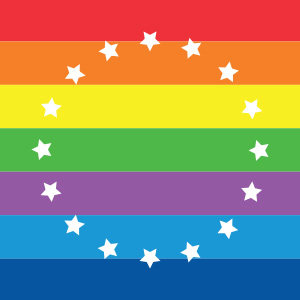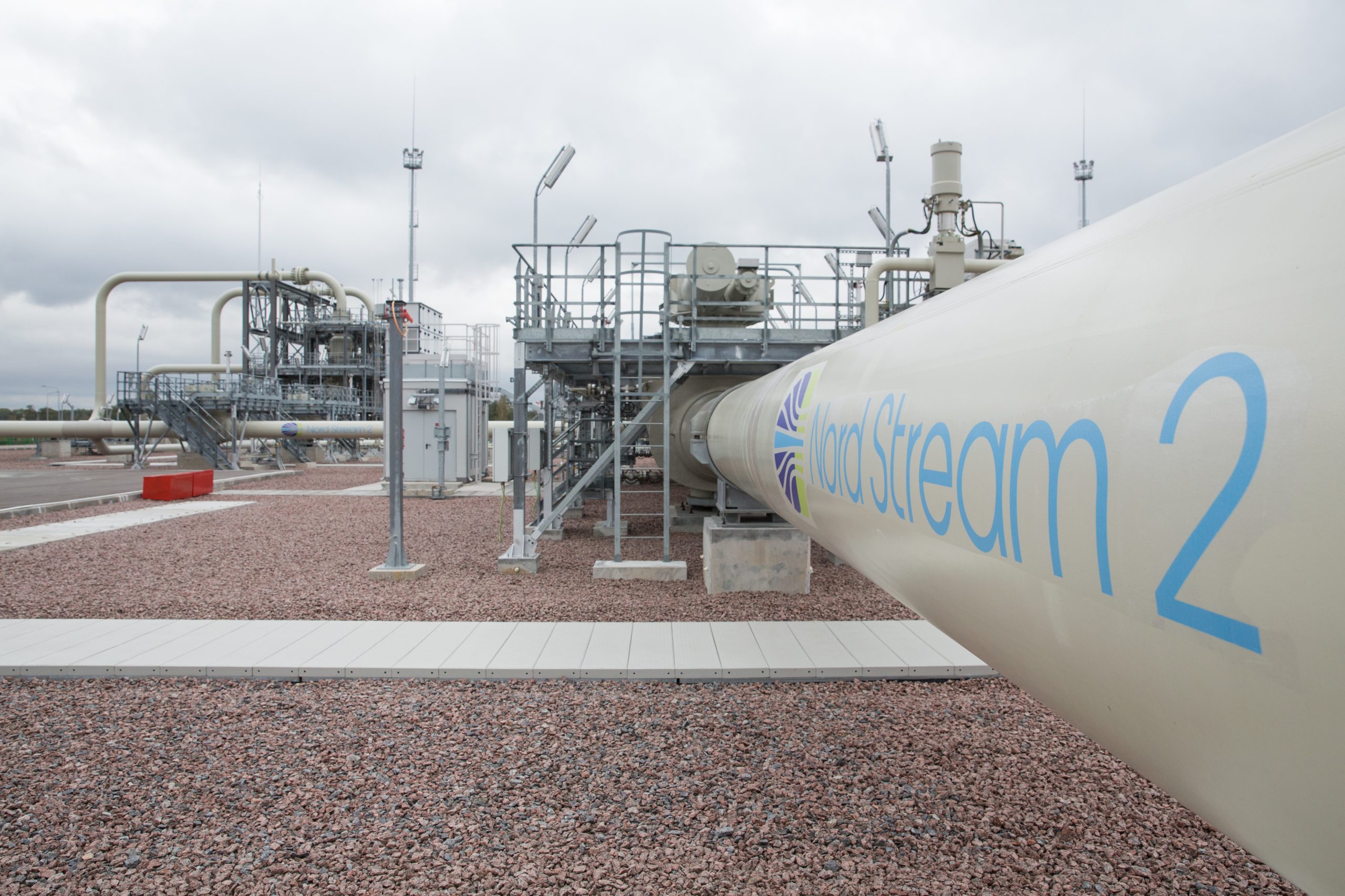Many are surprised by Russia’s sudden and violent reaction, which is to be expected if one pays attention to the processes and not just the details. Already in 2007, in the Europe for Peace declaration, it was said that Europe would be plunged into a serious conflict if it continued to support Washington’s policy.
And today, at this point in the Ukrainian crisis, we see only one winner, the United States, which has achieved several goals:
1. New sanctions against Russia
2. Blocking the Nord stream2 gas pipeline and above all stopping one of the things they fear the most, the collaboration between Europe (Germany) and Russia.
3. To propose itself to Europe as an alternative gas supplier.
4. Validate the narrative that Putin has expansionist aims.
5. Increasing control over Europe.
6. Waging war in Europe by sending only arms and not soldiers. The war against Russia is being waged by Europeans, especially the Ukrainians and Eastern European countries in general.
What we are witnessing is the consequence of 30 years of US aggression against Russia with the support of Europe. The breach of agreements with Gorbachev in 1990, based on the commitment not to extend NATO to Eastern European countries, was a turning point. The aggression then continued with the so-called star shield and the installation of military bases in Poland and Romania. The US advance continued with the Western-led coup in Ukraine, which brought the country to a government of oligarchs close to Washington. Then, in 2015, the Dragons Ride took US troops across Eastern Europe to Russia’s borders; the military manoeuvres were accompanied by a campaign of hate speech against Russians and Putin in particular and, more importantly, numerous economic and financial sanctions designed to weaken an already struggling economy.
For its part, Russia has made the “misstep” that the US provoked and hoped for in order to justify further sanctions. Since the beginning of the crisis, Moscow has tried to reach an agreement by clearly spelling out its demands: that Ukraine not join NATO, as it could not accept US military installations with nuclear missiles within 500 kilometres of Moscow. These demands were described as unacceptable, as if hypothetical Russian missiles in Mexico or Canada on the US border were acceptable.
This, of course, does not justify the use of violence or war, but we understand the overall context in which this decision was taken.
Europe will pay the highest price for this crisis. Not only will bills go up and many companies will be forced to close, but also the price of all products will go up and they will no longer be competitive on the world market. This will also slow down exports. In this situation, European governments, in a kind of hara-kiri, accept Washington’s diktat, inexplicably sacrificing their own interests, when they should be talking to all actors on the ground and finding a peaceful and reasonable solution for all.
Neither Russia, nor Europe, let alone the Ukrainian population will benefit from this war. That is why the Europe for Peace declaration of 2007 said: Europe must not support any policy that drags the planet towards catastrophe: the lives of millions of people are at stake, the very future of humanity is at stake.
People want to live in peace, they aspire to cooperation between peoples and are beginning to realise that we are all part of one big human family. The development of science and technology can guarantee a dignified life for all, but the greed of a few is holding back the path of human evolution. At that point, only strong pressure from citizens on their governments could help turn the tide.
If you don’t want war, stop making it. European leaders are incapable of stopping the avalanche, whereas they would do well to listen to the demands of the people. Instead of fueling this war, they need to resume dialogue now.
However, whatever one’s point of view, interpretations and analyses, this war must stop immediately. War belongs to prehistory. Let us build peace!
Gerardo Femina
Europe for Peace

